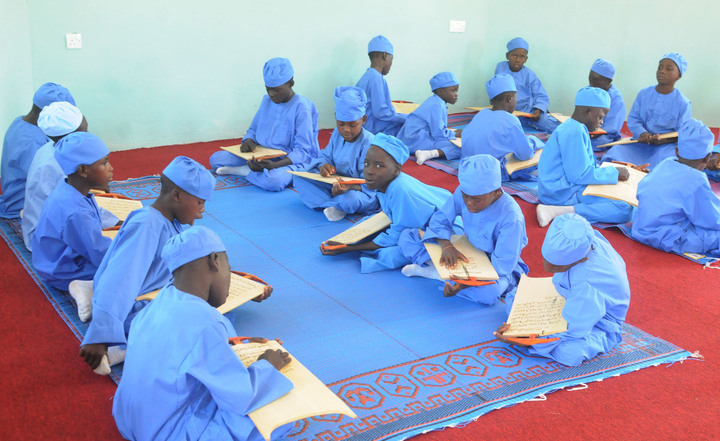
AT an event in Yola, Adamawa State, the chairman of the Adamawa State Universal Education Board, Mohammed Toungo, recently declared that the Almajiri schools established by the government of former President Goodluck Jonathan were too expensive to maintain. According to him, “Since 2012 up till now, they (Almajiri schools) have not commenced because the recruitment of the specialised teachers to the schools has not been done because of the expensive nature of the teachers.” Similarly, the Permanent Secretary, Adamawa State Ministry of Education, Mahmud Abubakar, explained that the state government was finding it difficult to put the schools into use because of financial constraints. Many of the schools in operation are poorly managed, while others have not been put to use since they were built. Indeed, in several states, the schools have not been opened for academic activities. In Katsina, one of the schools located near the Katsina Army barracks on Jibia road is reported to have been turned into a cattle ranch where recovered stolen cows are kept.
The Almajiri school project was designed to provide access to basic education for Almajiri children of school age. It sought to discourage and gradually eliminate itinerant begging by Almajiris in the country. The scheme also sought to provide an enabling environment for effective integration of Islamic discipline into the basic education programme. The facilities were to house Almajiri students and their teachers, providing a secure environment where religious and modern education take place, and wean the Almajiris from wandering, hawking, alms solicitation, and delinquency. Furthermore, it is part of the effort to improve school enrolment for the dispossessed and destitute in the northern and other parts of the country.
It will be recalled that several reports in the past few years showed that Nigeria has over 10 million out-of -school children, with over 70 per cent of them being from northern Nigeria, mainly Katsina and Kano states. The Federal Government stated that it had spent N5 billion to build 35 model Almajiri primary schools in 18 out of the 19 northern states in the country. Ten of these were boarding schools while 25 were day schools. These schools were handed over to their respective state governments. It is unfortunate that most of the schools have not been operational.
There is a saying: “If you think education is expensive, try ignorance.” The state governments who have taken possession of the Almajiri schools should take this saying very seriously. There is a clear correlation between levels of school enrolment and broader human development. Experience has also shown that want and the vicious circle of poverty are major challenges to human security. Thus, it is in the interest of Nigeria that states take such intervention projects very seriously. It is therefore not good for the Adamawa State officials and officials from other states where the Almajiri schools are located to abandon the projects, leave them moribund or complain that they are too expensive to fund.
We expect more resourcefulness from public officials in handling public projects than these officials have demonstrated. They should think about ways and means of raising funds and reducing the cost of running the schools. It is instructive that the statements by Adamawa officials were made during the appraisal of the success of the educational initiative of the American University of Nigeria, targeting Almajiri children between the ages of six and 17 years. The American University of Nigeria (AUN) Foundation, funded in part by the United States Agency for International Development (USAID), has improved Almajiri education with Technology Enhanced Learning (TELA). Through this project, the university has been able to educate 22,000 children in eight months. This is far more than 420 Almajiris, the maximum number of students the schools built by the Federal Government would cater for.
We call on the federal and state governments to meet and reorganize the Almajiri school project in order to make the best possible use of the facilities to reach the largest number of pupils possible. They should consider how lessons from the TELA project and technology could be deployed to make the project efficient, effective and sustainable.
Tribune
END

Be the first to comment